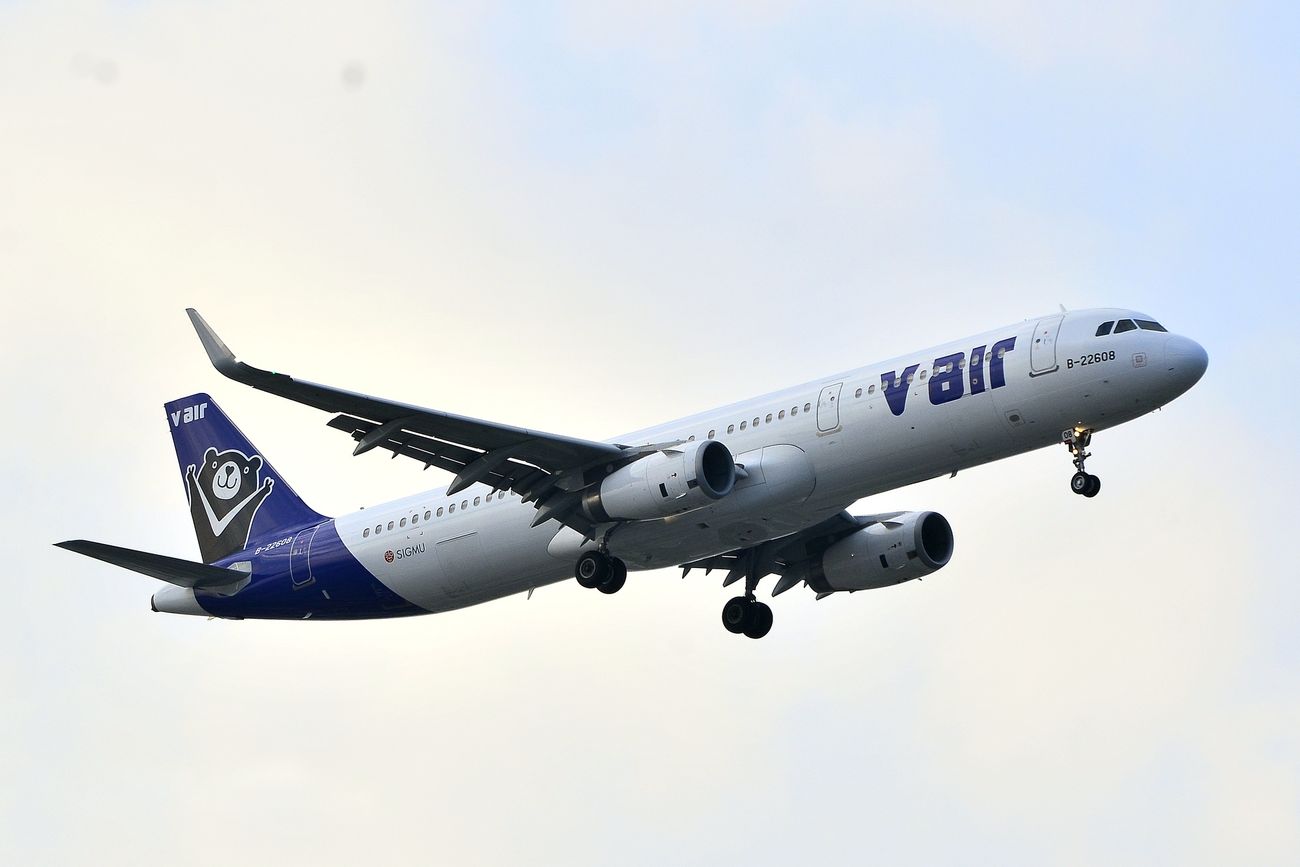
V Air was a Taiwanese low-cost airline that took to the skies in 2014 but ceased operations in 2016. Why did V Air shut down? The airline faced several challenges, including intense competition from other budget carriers and financial difficulties. Despite offering affordable flights and unique services, V Air couldn't sustain its operations. The airline's short-lived journey left many wondering about its rise and fall. In this post, we'll explore 31 intriguing facts about V Air, from its inception to its final flight. Buckle up as we take a closer look at what made V Air soar and what ultimately grounded it.
V Air: The Basics
V Air was a Taiwanese low-cost airline that operated from 2014 to 2016. Despite its short lifespan, it left a mark in the aviation industry with its unique approach and services.
- V Air was established in 2014 as a subsidiary of TransAsia Airways.
- The airline's name, "V Air," symbolized "Victory" and "Voyage."
- V Air's main hub was at Taiwan Taoyuan International Airport.
- The airline primarily served destinations in East and Southeast Asia.
Fleet and Operations
V Air's fleet and operational strategies were designed to keep costs low while providing efficient service.
- V Air operated a fleet of Airbus A321 and A320 aircraft.
- The airline's first flight took off on December 17, 2014, to Bangkok, Thailand.
- V Air's aircraft featured a single-class configuration to maximize seating capacity.
- The airline offered a no-frills service model, meaning passengers paid extra for additional services like meals and checked baggage.
Unique Branding and Marketing
V Air's branding and marketing strategies were distinct and aimed at attracting a younger demographic.
- The airline's mascot was a Formosan black bear named "V Bear."
- V Bear was featured prominently in V Air's marketing campaigns and on the aircraft livery.
- V Air used social media extensively to engage with customers and promote its services.
- The airline offered promotional fares and flash sales to attract budget-conscious travelers.
Destinations and Routes
V Air focused on popular tourist destinations in the region, making travel affordable and accessible.
- V Air flew to cities like Bangkok, Chiang Mai, Tokyo, and Osaka.
- The airline also served secondary cities like Nagoya and Fukuoka in Japan.
- V Air's route network included destinations in South Korea, such as Busan and Seoul.
- The airline planned to expand its network to include more destinations in China and the Philippines.
Challenges and Closure
Despite its innovative approach, V Air faced several challenges that led to its eventual closure.
- V Air struggled with intense competition from other low-cost carriers in the region.
- The airline faced financial difficulties due to high operating costs and low profit margins.
- V Air's parent company, TransAsia Airways, also faced financial troubles, impacting V Air's operations.
- On August 1, 2016, V Air ceased operations and merged with TransAsia Airways.
Legacy and Impact
Even though V Air's journey was brief, it left a lasting impact on the aviation industry in Taiwan.
- V Air introduced the concept of low-cost travel to many Taiwanese travelers.
- The airline's innovative marketing strategies set a precedent for other carriers in the region.
- V Air's focus on customer engagement through social media was ahead of its time.
- The airline's mascot, V Bear, remains a beloved character among aviation enthusiasts.
Fun Facts About V Air
Here are some interesting tidbits about V Air that you might not know.
- V Air's aircraft were named after famous Taiwanese landmarks, like "Ali Mountain" and "Sun Moon Lake."
- The airline's in-flight magazine, "V Airway," featured travel tips and destination guides.
- V Air offered a unique "V Meal" service, where passengers could pre-order meals from a selection of Taiwanese and international dishes.
- The airline's cabin crew uniforms were designed to reflect a casual and youthful image.
- V Air held a contest to name its first aircraft, with the winning name being "V Bear One."
- The airline's safety video featured animated characters, making it more engaging for passengers.
- V Air's frequent flyer program, "V Points," allowed passengers to earn points for future travel discounts.
Final Thoughts on V Air
V Air was a short-lived but fascinating chapter in aviation history. Despite its brief existence, the airline made a mark with its unique branding, affordable fares, and commitment to customer service. Operating from Taiwan, V Air offered budget-friendly travel options to various Asian destinations, making air travel accessible to more people. The airline's quirky bear mascot and vibrant aircraft liveries added a touch of fun to the flying experience.
Though V Air ceased operations in 2016, its impact on the budget airline market in Asia remains noteworthy. It showed that even small airlines could make a big impression with the right mix of innovation and customer focus. While V Air is no longer in the skies, its legacy lives on, reminding us of the ever-changing dynamics of the aviation industry.
Was this page helpful?
Our commitment to delivering trustworthy and engaging content is at the heart of what we do. Each fact on our site is contributed by real users like you, bringing a wealth of diverse insights and information. To ensure the highest standards of accuracy and reliability, our dedicated editors meticulously review each submission. This process guarantees that the facts we share are not only fascinating but also credible. Trust in our commitment to quality and authenticity as you explore and learn with us.
